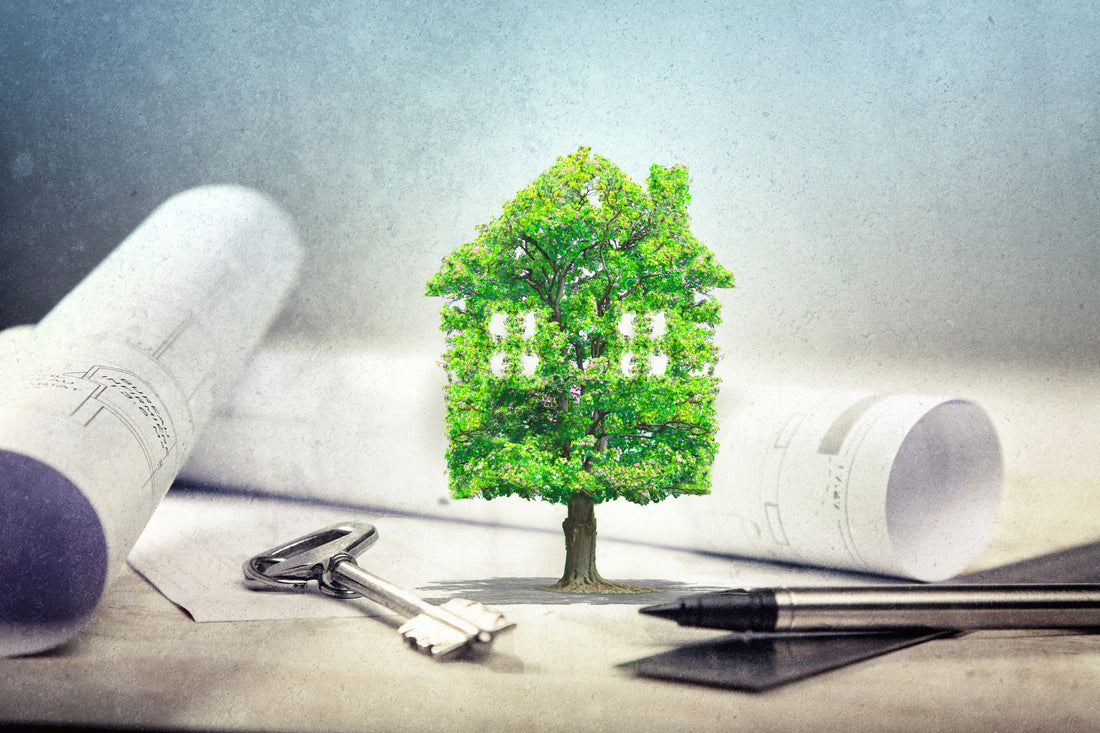As the climate crisis accelerates, sustainable building materials have never been more important. Among these, fibre cement stands out as a green building choice that not only meets the rigorous demands of modern construction but also significantly reduces your carbon footprint. In this article, we'll explore how choosing fibre cement products can contribute to lower greenhouse gas emissions and foster a more sustainable construction industry.
Low Energy Manufacturing Process
One of the first ways fibre cement contributes to sustainability is through its low-energy manufacturing process. Unlike traditional building materials like brick or concrete, which require high levels of energy to produce, fibre cement is made using significantly less energy. This results in fewer greenhouse gas emissions right from the outset.
Longevity Equals Less Waste
The durability and long lifespan of fibre cement also contribute to its low carbon footprint. Materials like wood or vinyl may need to be replaced every couple of decades, contributing to landfill waste and requiring new materials to be produced. In contrast, fibre cement can last for many years, even in harsh conditions, reducing the frequency of replacements and, subsequently, waste.
Low Maintenance
Fibre cement is resistant to rot, warping, and insect damage. This reduces the need for frequent repairs or replacements, and also minimizes the need for chemical treatments like insecticides or sealants, which often have a negative environmental impact.
Thermal Insulation and Energy Efficiency
Fibre cement has excellent thermal insulation properties. Buildings using this material are generally better at keeping heat in during winter and keeping interiors cool during summer. This energy efficiency can significantly reduce the building’s overall carbon footprint by minimizing the need for heating and air conditioning.
Recyclability
Another factor that sets fibre cement apart in terms of environmental impact is its recyclability. At the end of its life, the material can be broken down and reused, thereby minimizing its footprint and contributing to a circular economy.
A Green Choice for Multiple Applications
Fibre cement is versatile and can be used in a variety of construction applications, from wall claddings to roofing. This means that one green choice can have multiple applications, offering a comprehensive solution for sustainable construction needs.
Conclusion
Choosing fibre cement products for your construction projects is not only a wise choice for durability and aesthetic appeal but also a responsible choice for the environment. From its low-energy manufacturing process to its longevity and recyclability, fibre cement is a truly green building material.
Embrace fibre cement products in your next construction project and be part of the movement towards a more sustainable future. If you're looking to make the switch, consider sourcing your fibre cement products from reputable suppliers to ensure you’re getting the highest quality and contributing to a greener tomorrow.

